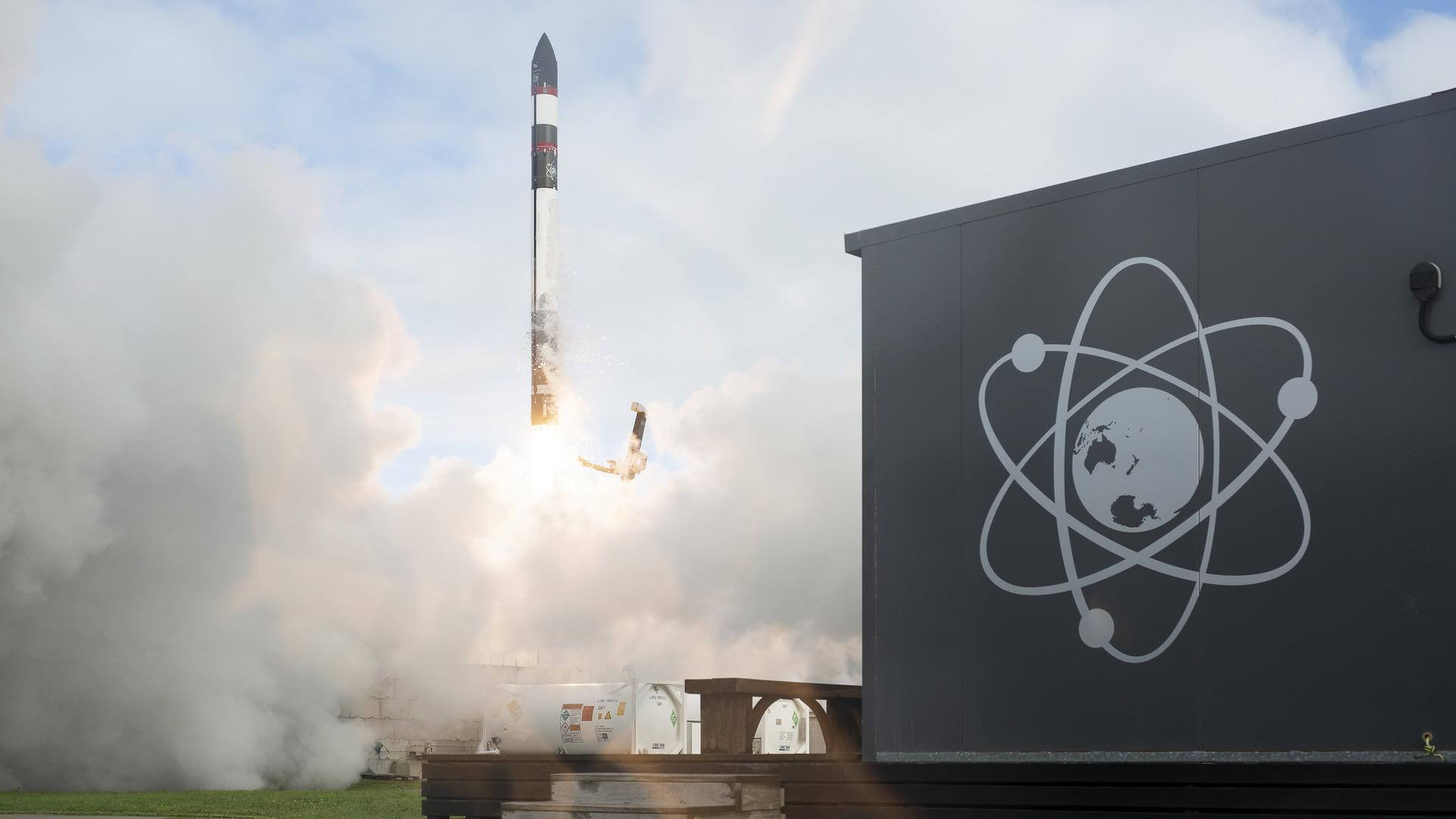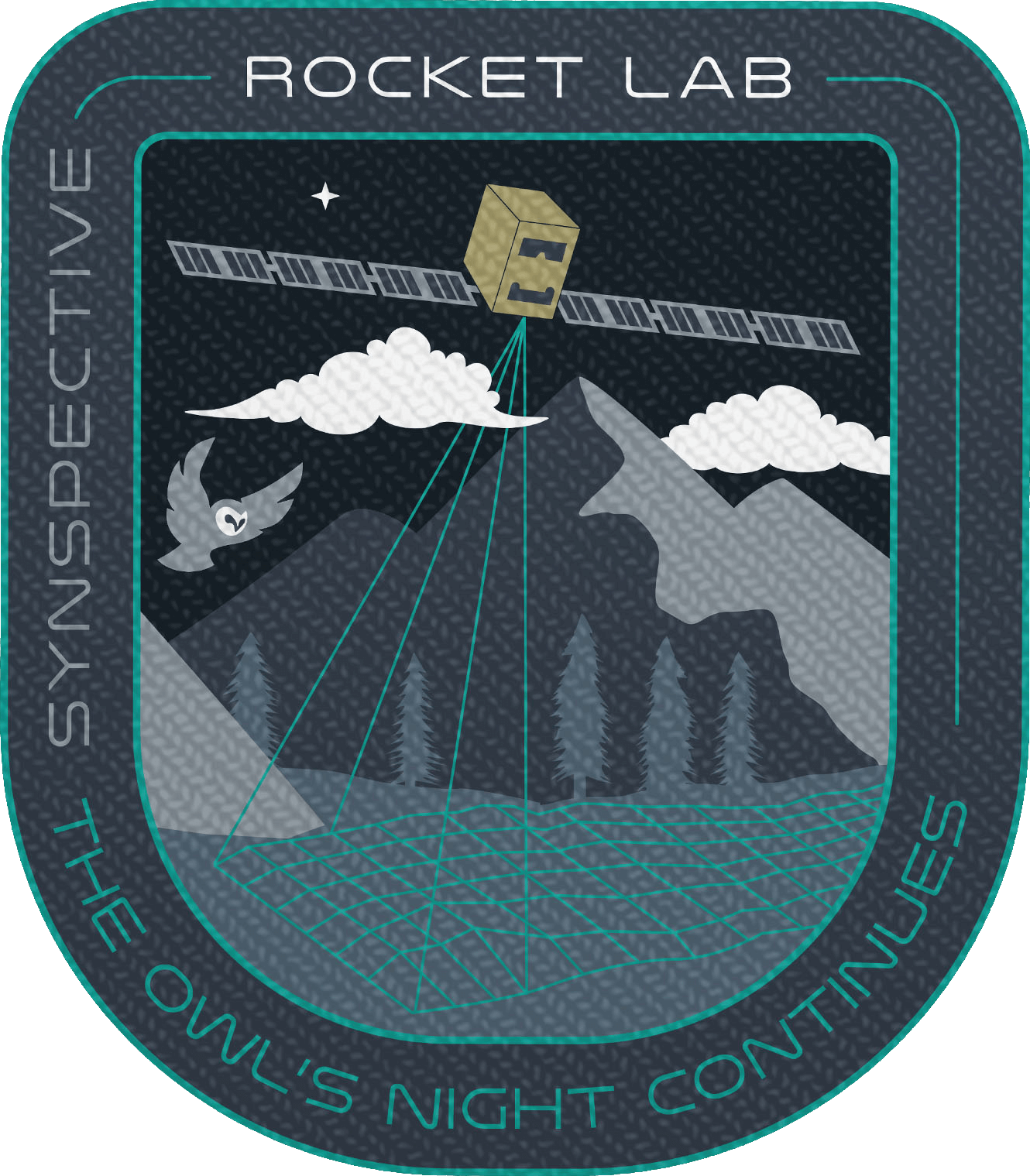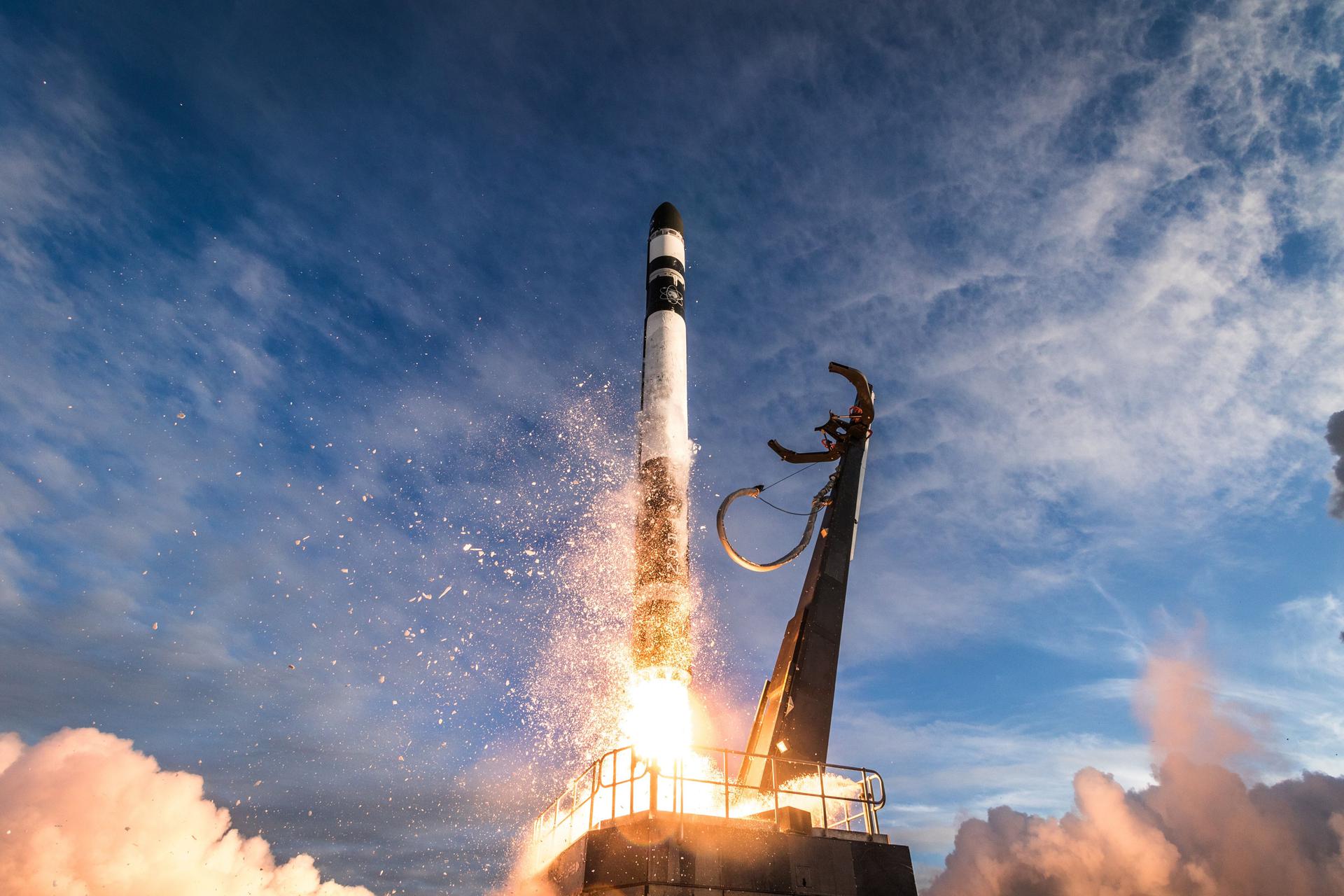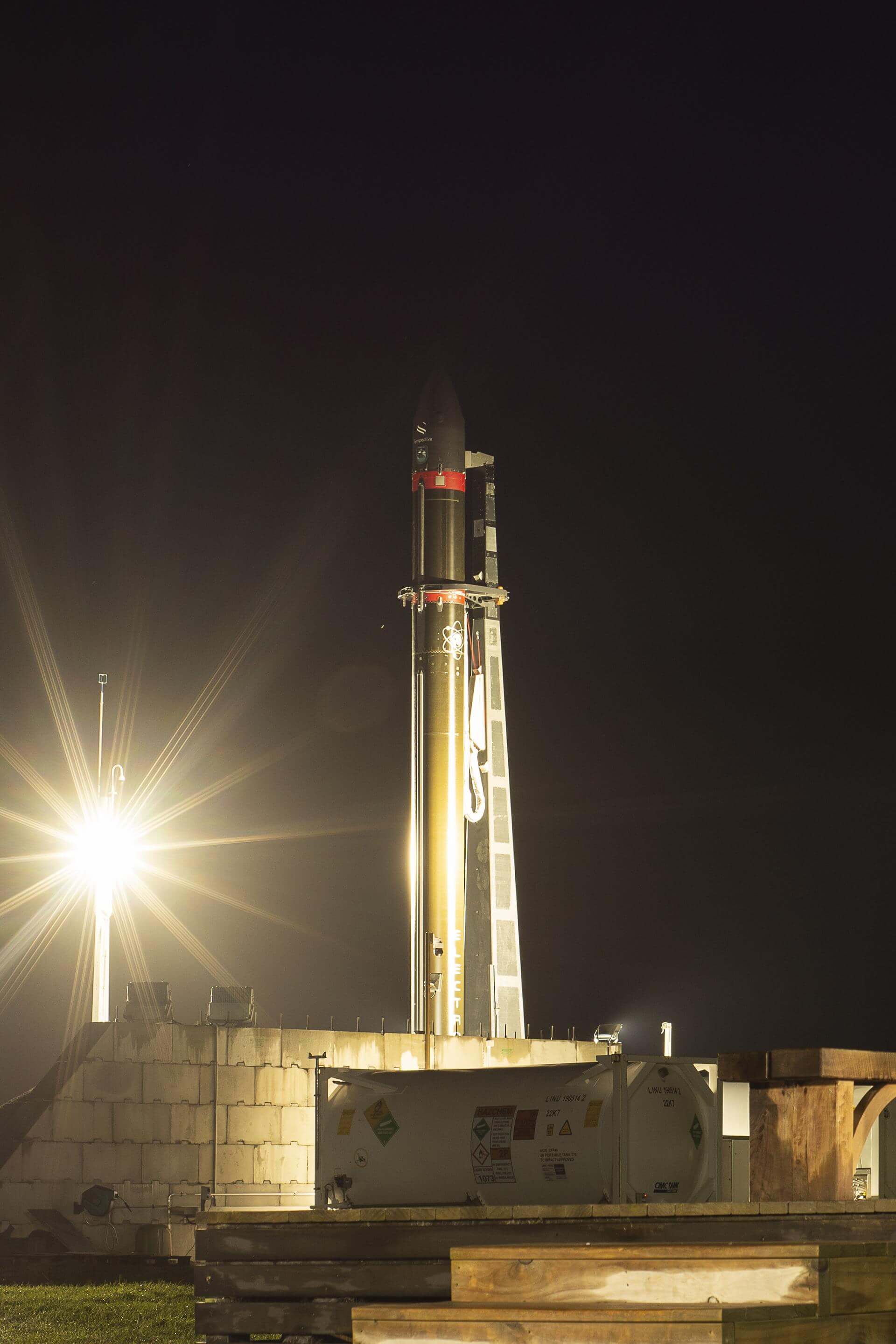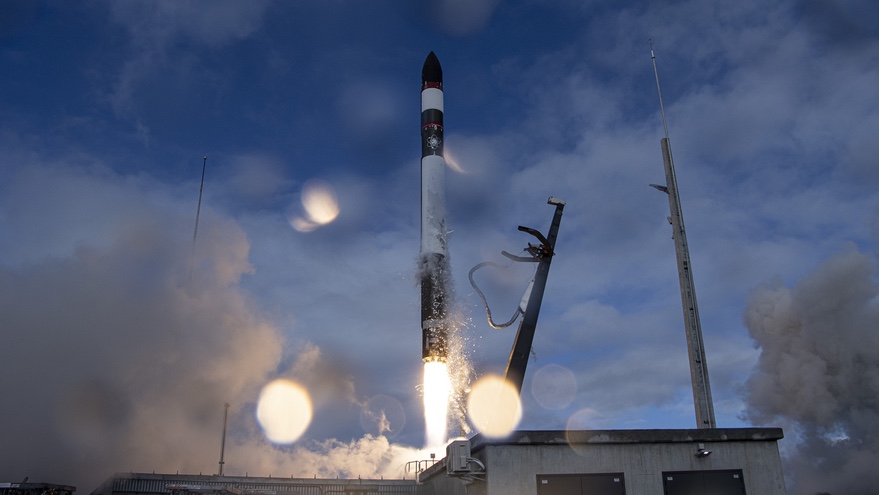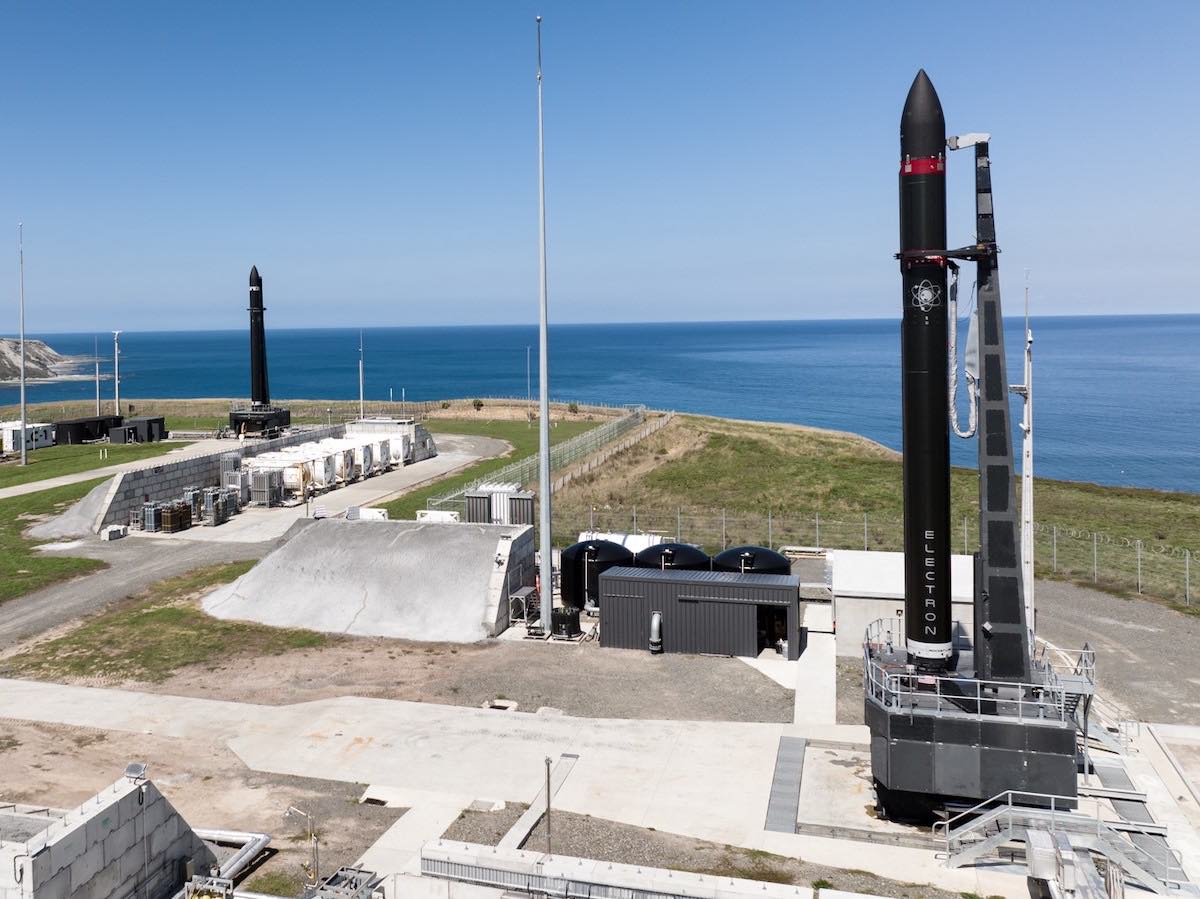Electron | The Owl’s Night Continues (StriX-β)
Rocket Lab Launch Complex 1B
Rocket Lab Launch Complex 1, Mahia Peninsula, New Zealand
T?
--
Days
:
--
Hours
:
--
Mins
:
--
Secs
Date Loading...
Rocket Lab
Rocket Lab is an American aerospace manufacturer with a wholly owned New Zealand subsidiary. The company develops lightweight, cost-effective commercial rocket launch services. The Electron Program was founded on the premise that small payloads such as CubeSats require dedicated small launch vehicles and flexibility not currently offered by traditional rocket systems. Its rocket, the Electron, is a light-weight rocket and is now operating commercially. The company is also producing a variety of spacecrafts and spacecrafts components.
The Owl’s Night Continues (StriX-β)
StriX β is a Japanese synthetic aperture radar satellite built by Synspective as a demonstrator for their planned 25 satellite constellation. It will feature an X-band synthetic aperture radar. StriX β is an upgraded version of the StriX α prototype. The satellite features two deployable panes, one side carrying solar cells, the other carrying the X-band radar antenna. The StriX satellite constellation can target data with a ground resolution of 1-3 m, single polarized (VV), and a swath width of more than 10-30 km. The StriX observation modes are Stripmap and Sliding Spotlight mode and each satellite has an SAR antenna that is 5 meters in length and stowed during launch. The simple design of the satellites allows for affordable development of the constellation. StriX β was planned to be launched in 2021 on a Soyuz-2-1a Fregat or Soyuz-2-1b Fregat rideshare mission, but as this mission was delayed, it was re-booked on a dedicated Electron KS launch. Synspective is planning a constellation of 25 satellites called StriX, comprised of 100-kilogram satellites capable of imaging at a resolution of one to three meters. By 2022 the company plans to have six satellites in orbit. The company has not set a date by which it hopes to achieve 25 satellites.
Electron
Height 18.00 Meters
Max Stages 3
Mass To GTO 0 kg
Liftoff Thrust 162 kN
Diameter 1.20 Meters
Mass To LEO 300 kg
Liftoff Mass 13 Tonnes
Launch Success 50
Consecutive Success 13
Maiden Flight 2017-05-25
Launch Failures 4
Core
Serial 24
Status expended
Flight Proven Yes
Flights 1
Landing Attempt No
Landing Success Unknown
Type EXP
Location PAC
Updates
Cosmic_Penguin
2022-02-28T23:30:33+0000
Launch success
Jay
2022-02-28T20:37:58+0000
Liftoff
Cosmic_Penguin
2022-02-28T16:16:32+0000
Adjusted T-0
Cosmic_Penguin
2022-02-22T11:49:31+0000
New launch date
Nosu
2022-02-19T07:20:08+0000
T-0 confirmed by Rocket Lab
Cosmic_Penguin
2022-02-10T00:21:55+0000
Added launch.
Related News
2022-03-01T10:23:48+0000
SpaceNews
Rocket Lab launches Electron rocket, selects Virginia for Neutron factory
2022-02-28T00:43:45+0000
Spaceflight Now
Rocket Lab debuts new launch pad, deploys Japanese radar satellite
2022-02-23T05:13:45+0000
Spaceflight Now
